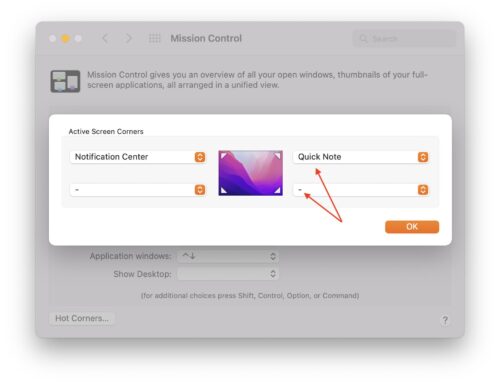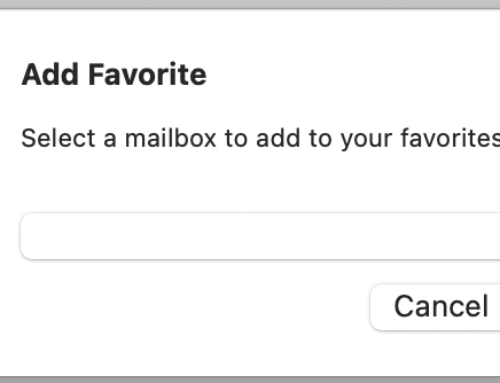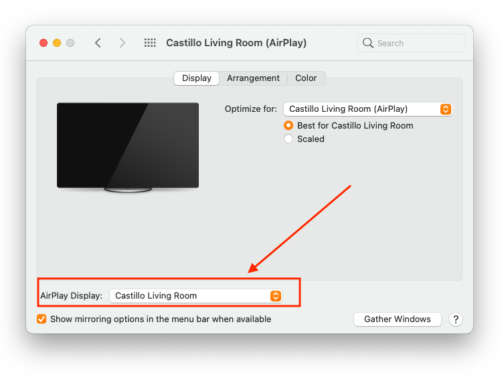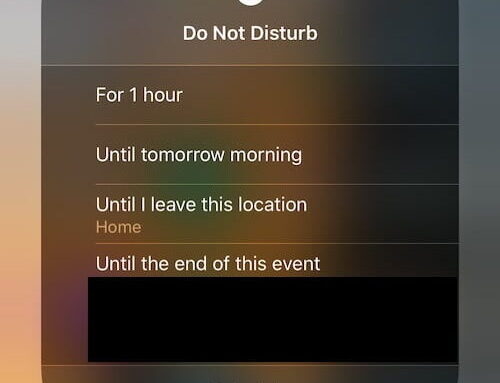How to start a website
How long have you been staring at this old, “1992-like” website of yours for?
How about your visitors? What image of yourself or your company do you think they are exposed to?
Now is the right time to get a new website!
6 steps to help you get started with your new website project:
Start with yourself or your company
Think about the products or services you offer. Are you a landscaper, a dentist, a roofer, a life coach, a snake man (this job actually exists in Australia!). Put down in writing what it is exactly that you offer.
Who are your main competitors and how do you differ? What sets you apart from the rest? This could be a tricky one to answer but it is the foundation of your business.
Design
Now that you’ve defined a bit better who you are and what you do, look at your current website.
What are your top 3 frustrations with it? Is there anything you like about it?
What are some existing websites that appeal to you?
What are the 3 most important items about the design of your website (a photo slider, a form to get your visitors to sign up to your newsletter…)?
Imagine your website in 5 years from now and complete the sentence: “I know my website works because…”
This will allow you to pinpoint what a website that delivers means to you.
Content
Do you want to use the content from your current website? If yes, I would suggest to rewrite it to make it more concise, to-the-point and in accordance with web standards.
Do you need a copywriter to help you fine tune your content?
How about your logo? Do you still wish to use that rainbow-colored animated GIF? Or do you prefer to have a contemporary logo?
If you need to redesign it, think about shapes and colours that relate to you, your company and the services/products you offer.
I find it interesting to look at the meaning of colors to really connect the right colors to how you wish to appear to others.
Do you wish to use your own photos or would you prefer stock photography? Some people may see stock photography as too generic but when selected carefully, it enhances a website and provides a more professional image. Depending on your budget, you can also get the services of a professional photographer to shoot your office, products, staff and more!
Development
Hopefully by now, you’ve narrowed down a bit more the design and content of your website. Let’s talk development.
What do your competitors’ websites have that you aspire to?
Will your visitors require any special needs?
Are you selling products online (physical or digital)?
Will you be needing additional SEO (Search Engine Optimization)? This is highly recommended as every single detail of your website from a page title to a keyword and a link will count towards helping your pages rank better with search engines.
Tip: Remember that “web pages” rank, not “websites”! When you work with an SEO professional, you’ll discover a fascinating world that still eludes most people.
Technical Aspects
Let’s not go too much tecky here but think about the current domain name that you own. What is the URL? Does it still fit what you do, what you offer? Would you need to redefine it to an more simple, clearer URL people can easily connect to?
What’s the technical skill level of your client base from zero to ten, the latter being “tech-savvy”? This is very important as you need to keep in mind you’re developing a website for your audience, not yourself! As an example, if your audience is elderly people, you might want to choose a simple font to read, increase its size, choose the appropriate tone for your content and more.
Project management
Ok, we’ve covered the most important aspects of your new website project.
Let’s look at the project management side of it.
What’s your project deadline? When would you like your website to be “Live”?
How about budget? How much can you afford? This is a very touchy subject and from an experienced web designer‘s point of you, it’s either you design it yourself (while accepting the potential consequences that it may not really serve you that well) or you invest in yourself and your future success.
As a starting point, a good “entry-level” website represents an average investment of $2,000-$3,000.
If you’re thinking of investing $500, I would recommend to wait, put more money aside then invest in a professional web designer to get a website that will work for you and support you and your company on the long term.
I hope this list has helped you get started with ideas and suggestions to lay the foundation for a new website that will serve you well.
Do you have questions, do you need more help? I’m here for you! Contact us today, to find out how we can collaborate on your fascinating project!





